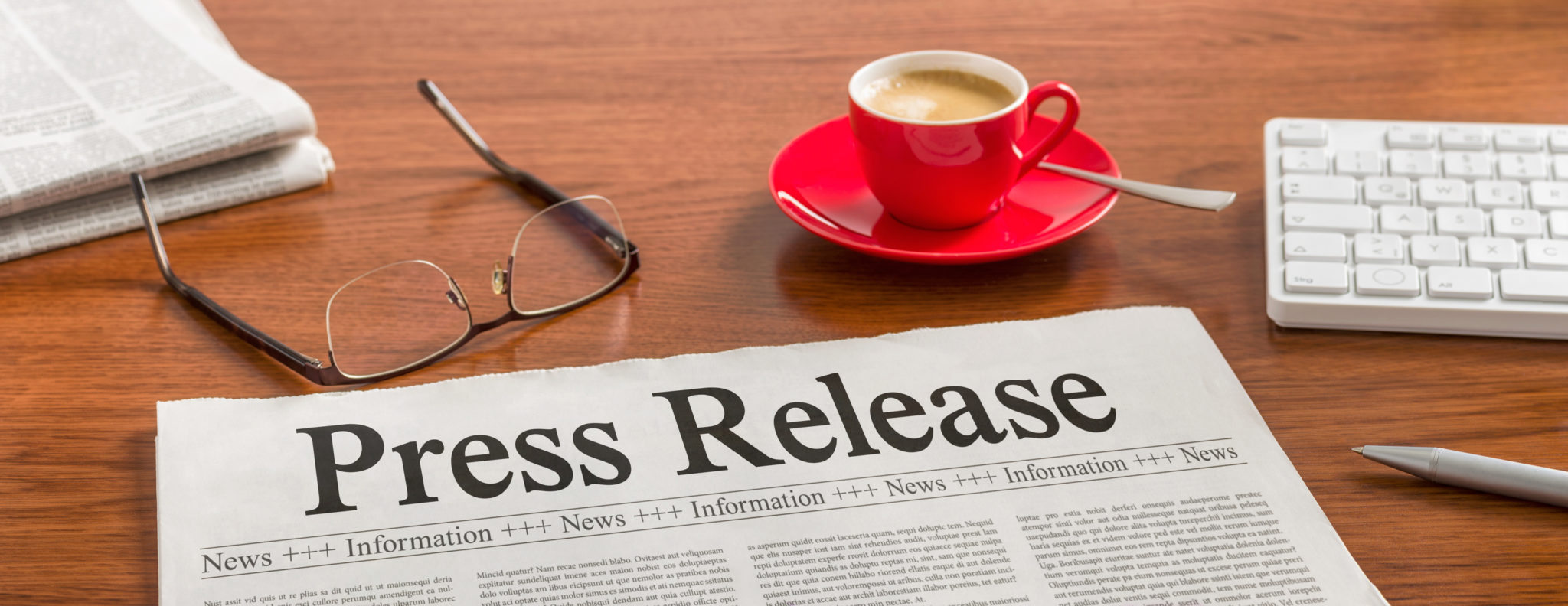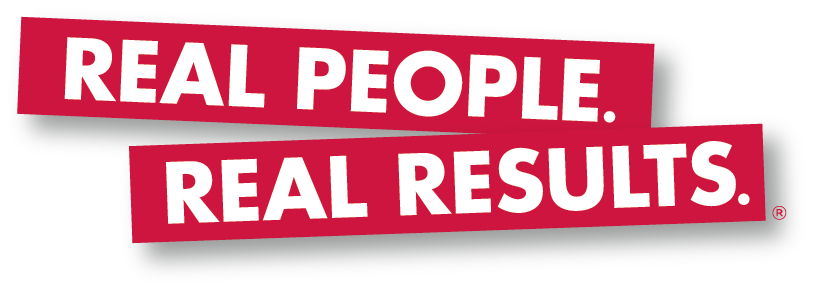For most, the art of getting media coverage is a mystery. But it all begins with a press release. What is a press release? What information should it include? How do you know what’s news and what isn’t? We’ve got some tips and suggestions on press release writing for business owners below.
Ensure the story is newsworthy
Put yourself in the place of a journalist. What would you find interesting? As a consumer, what do you like to read about and watch? In general, we all enjoy topics that are new and refreshing, help us solve an issue or speak to a strongly held belief.
So before sending a press release. Ask yourself the following questions:
1. Is there anything “fresh” or “shiny” in my story? In other words, is it new?
2. Is there anything unconventional or unexpected about it?
3. Would anyone outside of my business be interested in this?
4. Why should they care?
The last question may sound harsh, but that’s how journalists think. They want to know, not just why they, the journalist, should care, but why the public should care.
Still not sure if your story is newsworthy? Read or watch the news. That way you can get a feel for the kind of coverage being presented by individual outlets. Online publications, for example, will be looking for different types of stories than more traditional media. You should be familiar with it all.
Write interesting headlines
Don’t attempt to be too clever. Journalists, as a rule, will spend only a few seconds skimming your release and deciding if anything looks interesting. If they cannot immediately glean what the story is, it will immediately go into the digital trash bin. Trust, journalists get hundreds of pitches each day. Your release needs to stand out because of the angle of the story but not because you’ve decided that you’re a writer or comedian. For example, if your potential story is pertaining to the launch of the first financial planning consultant company marketed to women, the release may read something like the following: “Women Cash in On Financial Planning.”
Get to the point in the first line of your press release
Okay, so you’ve succeeded in getting the journalist to open your email with the headline. But, sadly, if your lede (or first sentence) doesn’t catch their attention, they’re likely to stop reading right there. Make sure that your lead contains the most interesting and important elements of your story. This first line should no more than 15-20 words and read like the opening of a news story.
Keep in mind that journalists are looking for a release that will fulfill the “Five Ws” (who, what, where, why and when) in the lede. If you need examples, do a quick internet search and click news. There are literally millions of ledes for you to read and research.
Be concise
The ideal length of any press release is approximately 500 to 600 words. Ideally, one page. Remember, going beyond two pages is unheard of. The release should include three or four short paragraphs and a couple of quotes regarding the topic.
It can be tempting to add background information in the opening paragraph but do yourself a favor and just don’t. All of that information can be included in the boilerplate.
However, sub-headings and bullet points can be useful and make it easy for a reporter to digest the information, especially if you’re including figures or statistics.
Use quotes to provide insight, not information
You must include at least one quote from someone in your company. Occasionally, journalists will use these statements verbatim. More often, if they choose to cover the story, they will come to interview you to get their own quotes. A note of warning here: Never, ever say anything to a reporter that you are not comfortable seeing in print or all over the internet. There is no such thing as off the record, and even things said in jest may end up in a story. Just don’t’ do it.
The quotes you include in the release should be insightful and not cut and paste. They should provide insight and sound like an actual person said those words. Do not use industry jargon or technical language.
Finally, get excited about your business and the possibility of media coverage. It’s an awesome experience and it can do wonders for a business. Don’t get easily discouraged though. Sometimes it takes building a relationship with certain reporters to get coverage. That can be accomplished in a lot of ways, but that’s a topic for a different blog.
Be realistic in your expectations and remain determined. Sooner or later, you’ll get some coverage.






